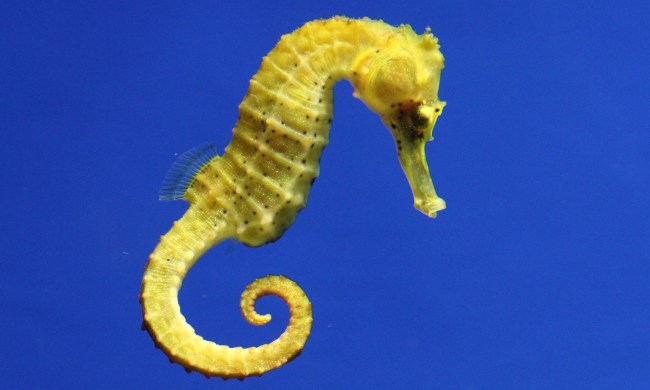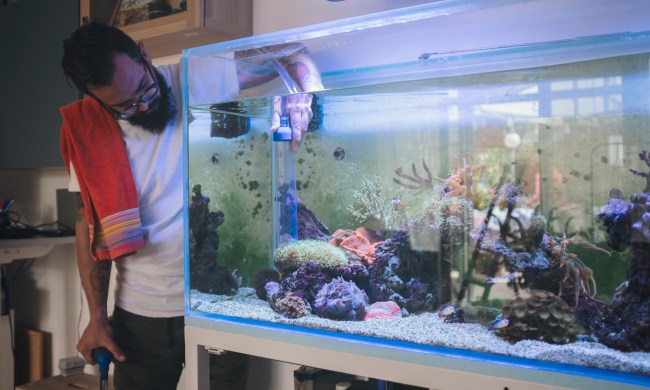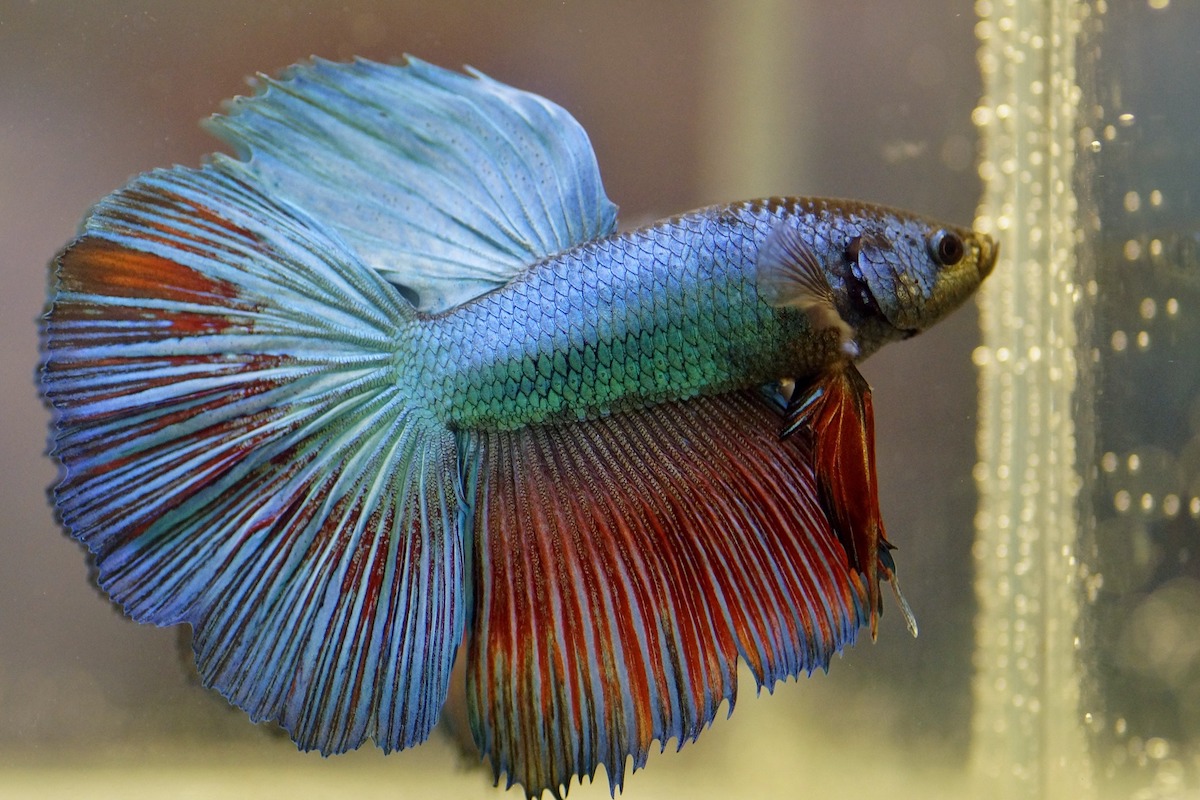
Betta fish are known for being territorial, feisty, rather combative, and therefore not great tank mates in general. This reputation, however, only holds true in particular situations and with certain fish friends. Male betta fish are aggressive, but only with other male bettas, so it is important to never put two males in the same tank. It will lead to tail-nipping behavior and other aggressive actions. So, what fish can live with bettas?
Happily, there are several other fish that can keep your betta company in a safe and non-aggressive environment. Many colorful, friendly fish cohabitate well with bettas. This is our guide to finding the perfect fish companion (or companions) for your betta.
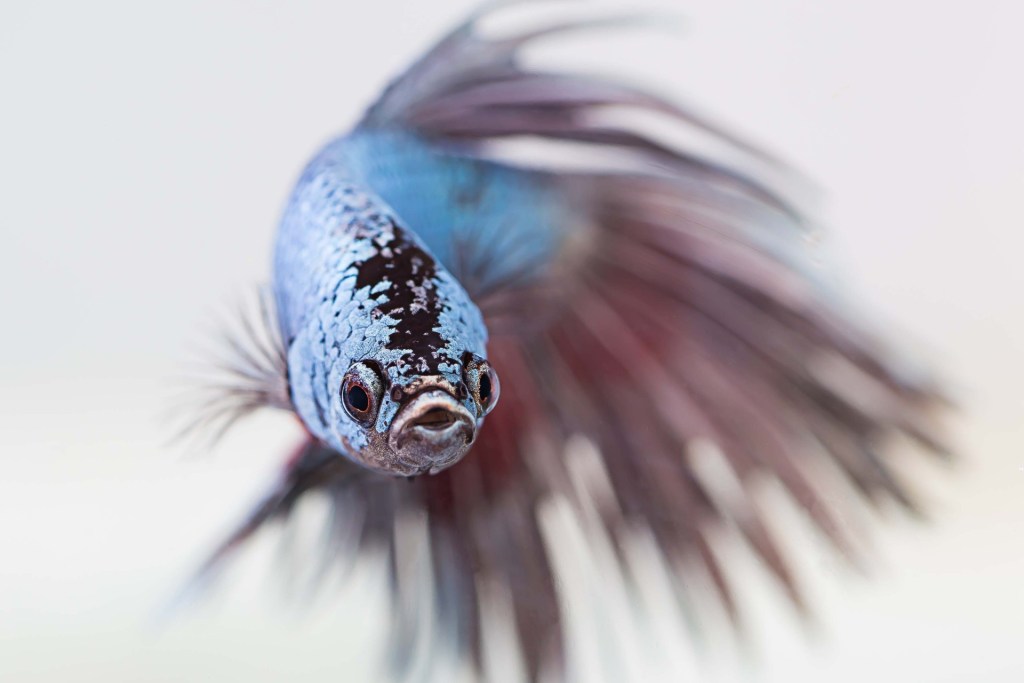
Fish that can live and get along with bettas
1. Cory catfish
You can get an idea of what these fish look like from their name alone. Cory catfish resemble miniature versions of your standard river-dwelling catfish. These creatures feature whiskers and wide-set eyes, so they are super fun and entertaining to watch. Cory catfish make great tank mates with betta fish, male or female.
Cories are calm and peaceful fish, which will encourage the same behavior in your betta. Their non-aggressive temperament is the perfect contrast against a spunky guy who is always ready to take on another male. Cory catfish are also a super popular addition to many freshwater tanks. They are easy to care for and come in a variety of sizes and colors.
These fish tend to enjoy the company of one or two other cory catfish so they can swim in a little school. Due to their popularity, cories are fairly easy to find at your local pet store or aquarium shop. No matter how many of these social fish you add to your tank, your betta fish will love their calm, social nature.
2. Guppies
A guppy has got you covered when it comes to adding color and pizazz to your tank. Guppies are small fish, typically ranging in size between 0.6 inches and 2.4 inches. These fish also have a peaceful temperament that puts your betta fish in a much more relaxed environment. Guppies come in a variety of colorings so you can really brighten up your tank with a few different varieties.
They are compatible with other fish as well, and their small size may put your betta at ease by making them not the smallest fish in the tank. Guppies are easy to take care of and love to live in groups so they can school together. They will be great tank mates to your betta because they won’t ever instigate fights due to their calm nature.
3. Harlequin rasbora
The harlequin rasbora makes the perfect tank mate with betta fish because they both live and survive in similar tank conditions, and they both enjoy snacking on brine shrimp. The rasbora grows to about 1.5 inches and hangs around for an average of five years. It’s also a peaceful fish species, which is another quality that makes it a good companion for betta fish, as it is unlikely there will be any hostility between the two fish.
4. Ember tetras
If you love the look of a bright, orange fish, then an ember tetra is the perfect addition to your tank. Ember tetras are small and will be super compatible with your betta. They have peaceful yet playful personalities that will encourage a calm relationship with your betta. These fish are simple to take care of, so you don’t have to worry about any extra cleaning or care. These easy-going swimmers will get along with nearly any other fish and will be a bright, fun addition to your tank.
5. Kuhli loaches
One fish that will surely make you do a double-take is the kuhli loach. Kuhli loaches have yellow and brown bands and are super interesting fish. They are long, small, and thin and can resemble the look of a snake. These fish are bottom dwellers and conveniently clean the bottom of your tank. Kuhli loaches are a great match for bettas. They have a shy personality and a peaceful temperament so they will coexist nicely with any male or female betta fish.
6. Platies
If you are new to owning fish, then the platy is a great one to start with. They are easy to care for and have a great temperament, making them a perfect tank mate for your betta fish. This type of fish is ideal for tank communities because they are very social. They can grow up to 3 inches in length and come in a variety of beautiful colors. Their colorings showcase unique designs and patterns, so you can mix and match them for a vivid, attractive tank. Non-aggressive and social, platies are perfect for any fish owner, especially beginners.
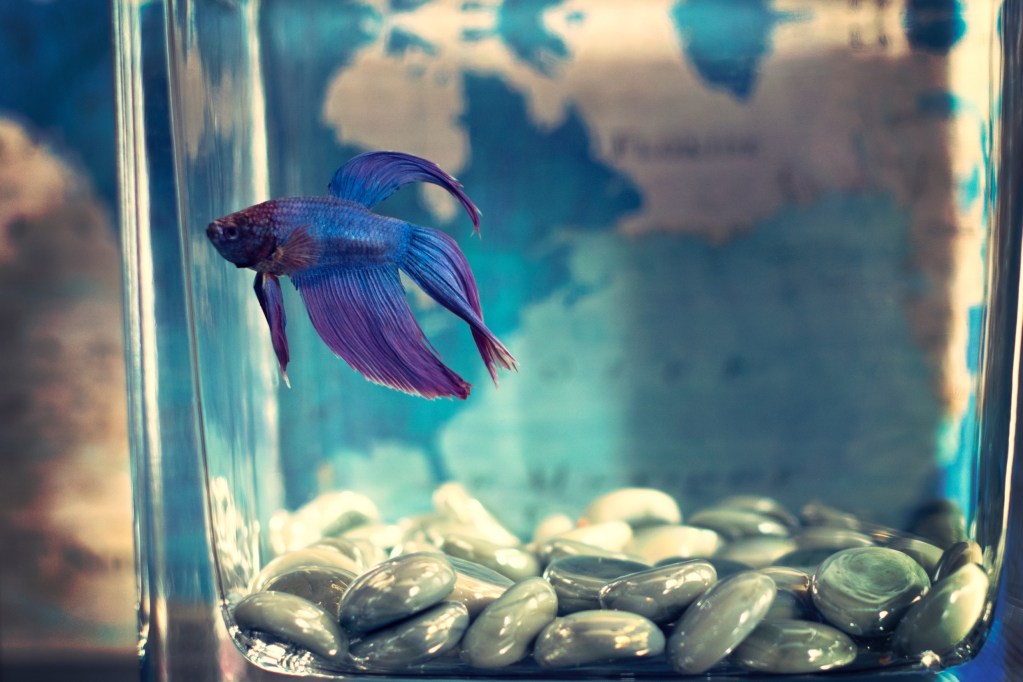
What size tank does a betta need?
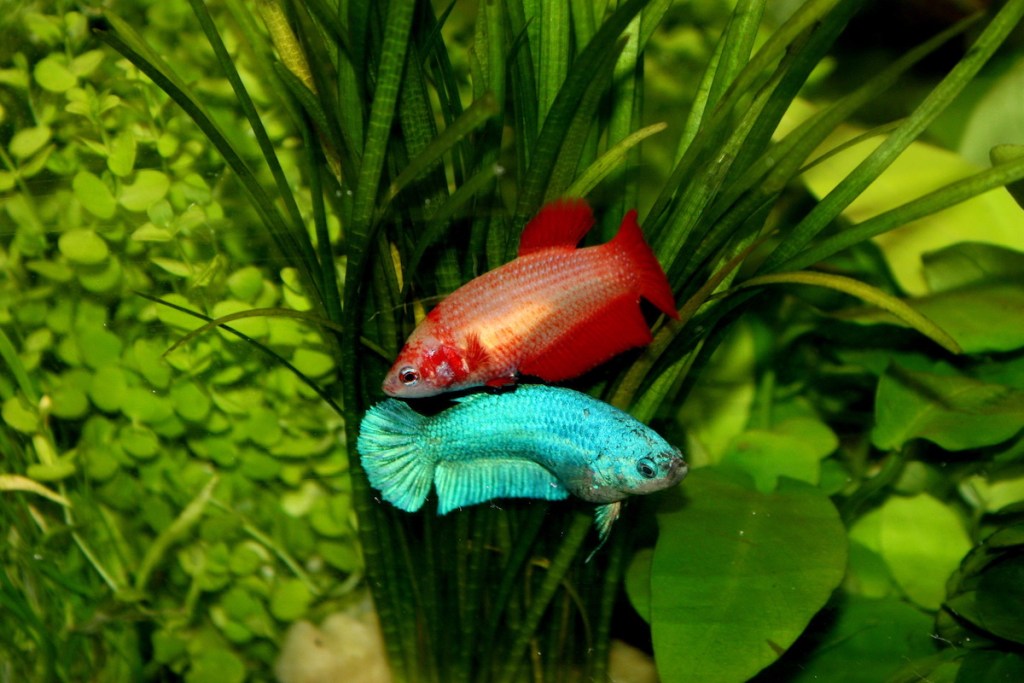
Can male and female betta live together?
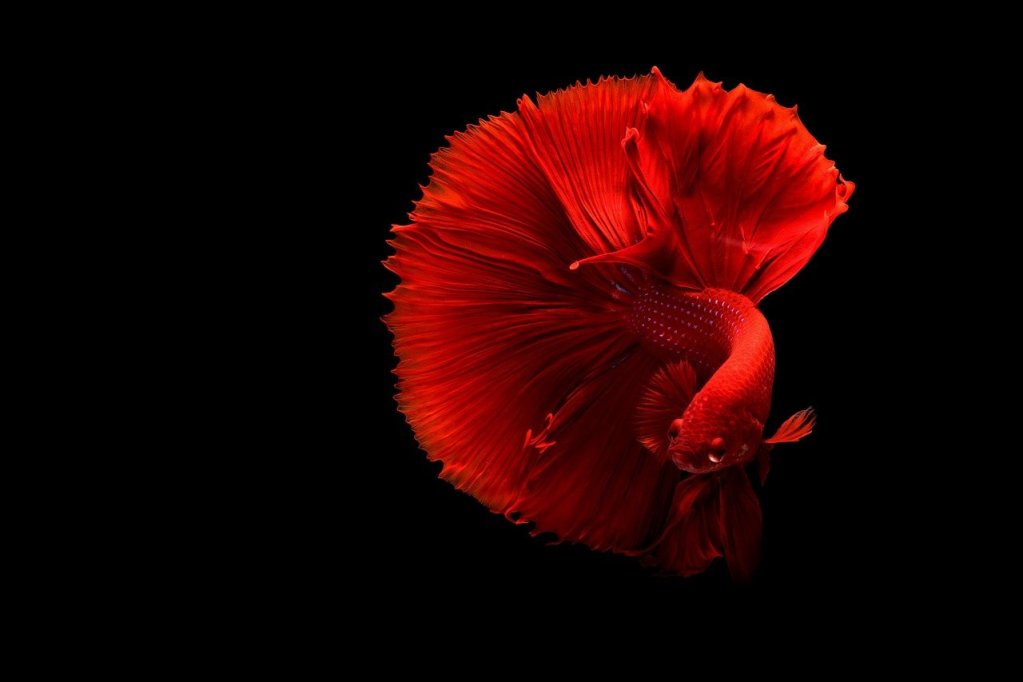
Tips and tricks for helping your fish get along
When introducing new fish to your tank, consider these tips:
- Make sure your tank is a suitable size for all the fish.
- Purchase your new fish from a reputable breeder or store.
- Clean your tank and check your water to make sure the environment is optimal for all fish.
- Use a plastic bag to acclimate your new fish to the water.
- Monitor how your betta and other fish interact once released. If conflicts arise or your betta spends too much time hiding, a community tank might not be right for that particular fish.
Bettas have a bad reputation for their aggressive behavior, but they are more misunderstood. These beautiful fish are actually super friendly with many species — just not their own. Luckily, your betta won’t have to live a lonely life. You can choose from a variety of stunning, playful fish that will be the perfect tank mate for your betta.
Ensure that you are choosing fish that you know how to care for and will coexist peacefully with your betta. You will love being able to give your betta some tank mates to hang out with.

